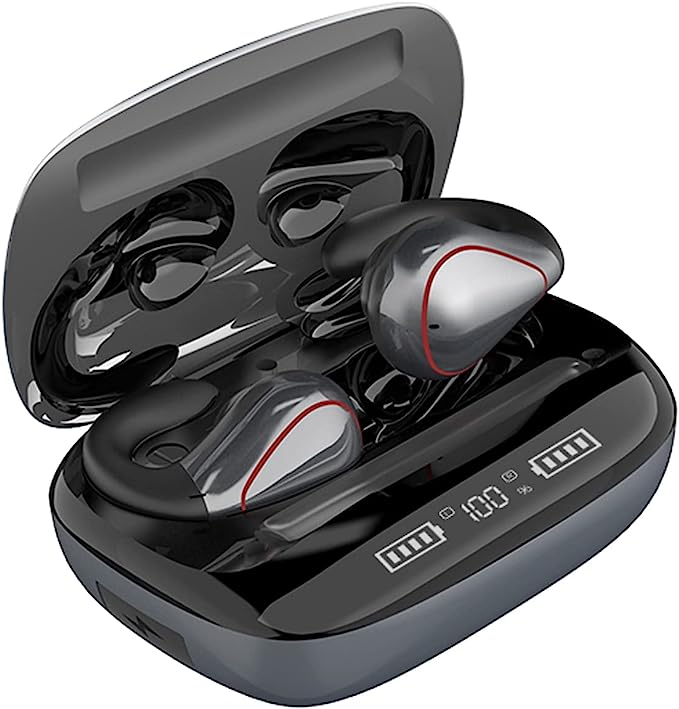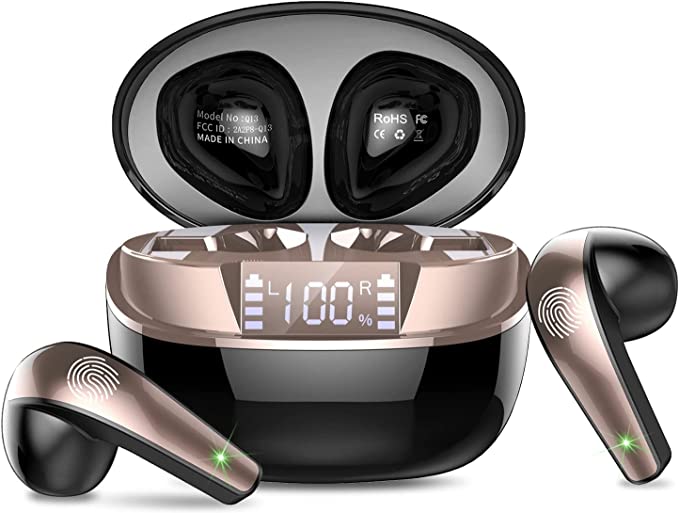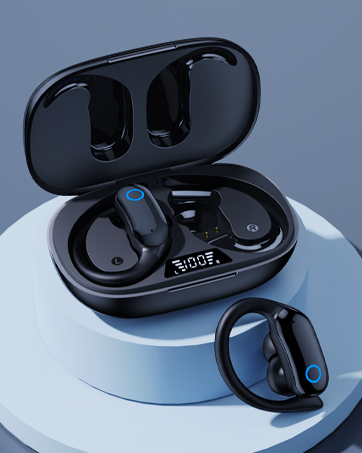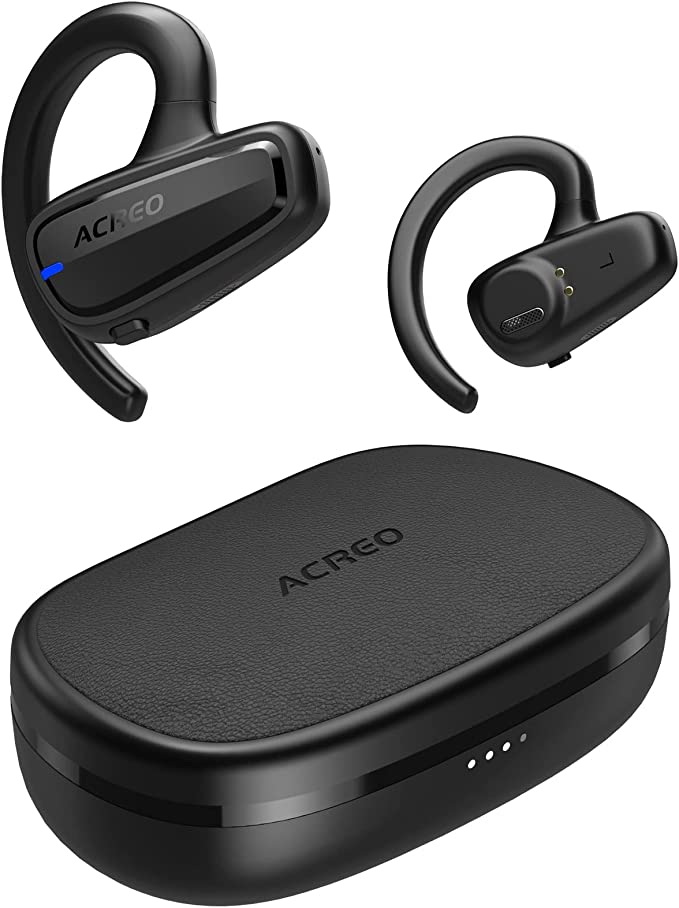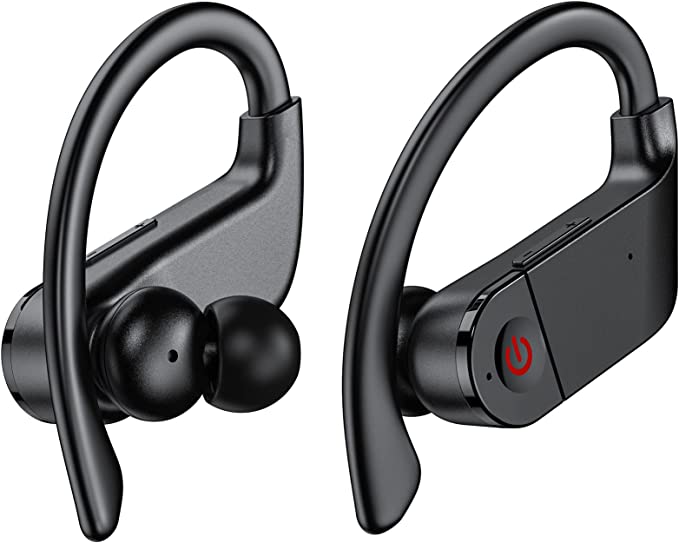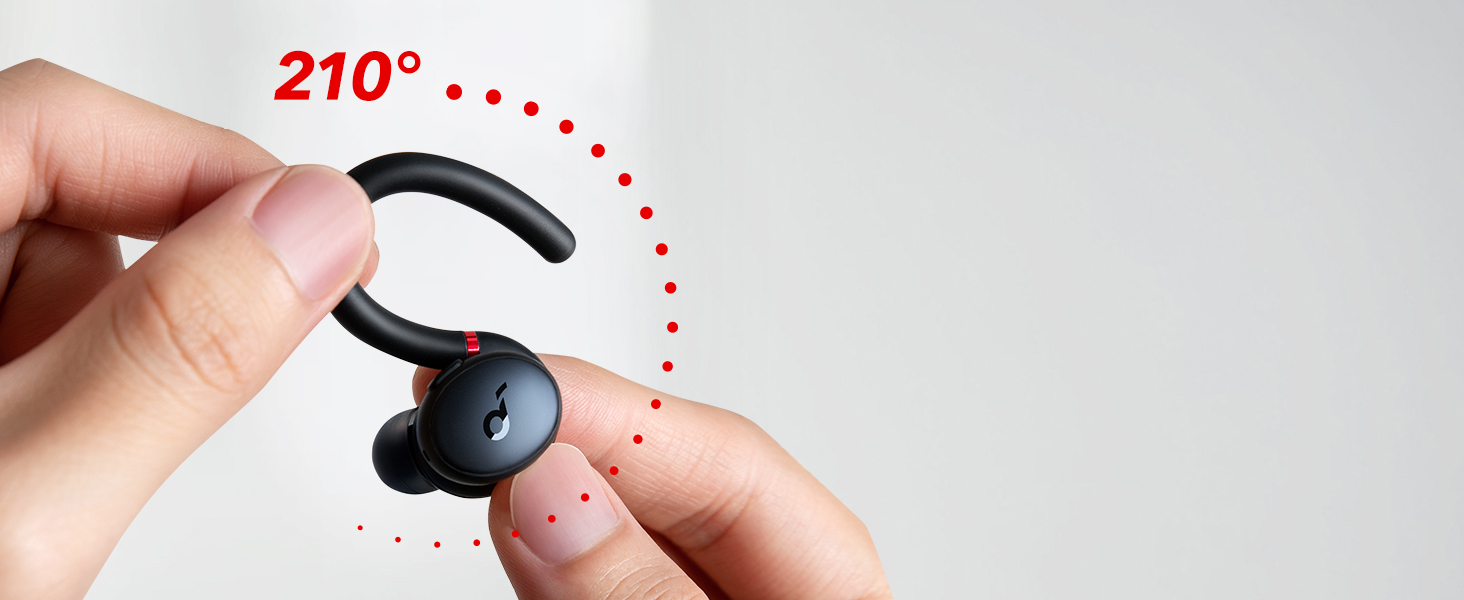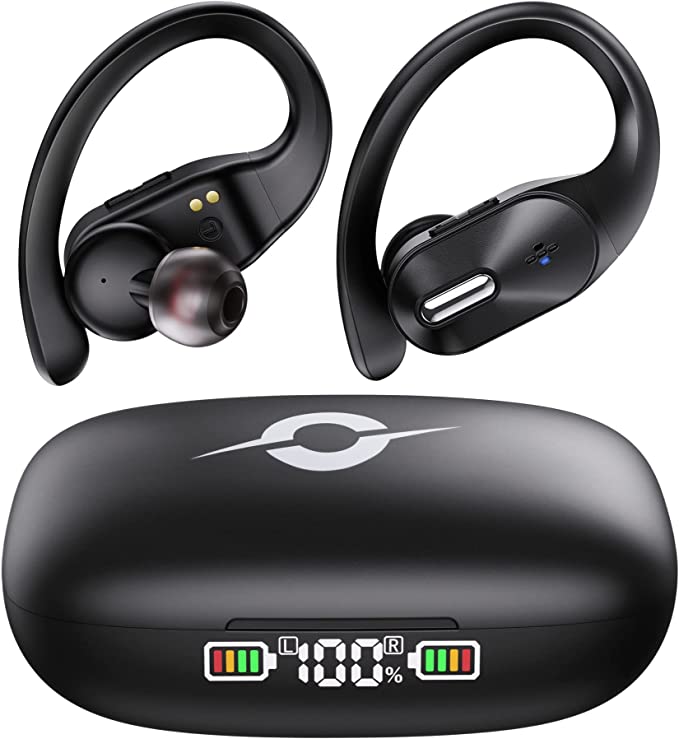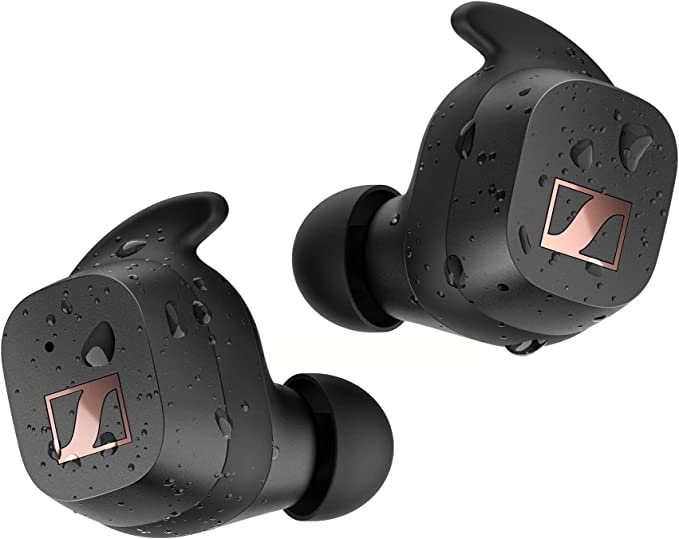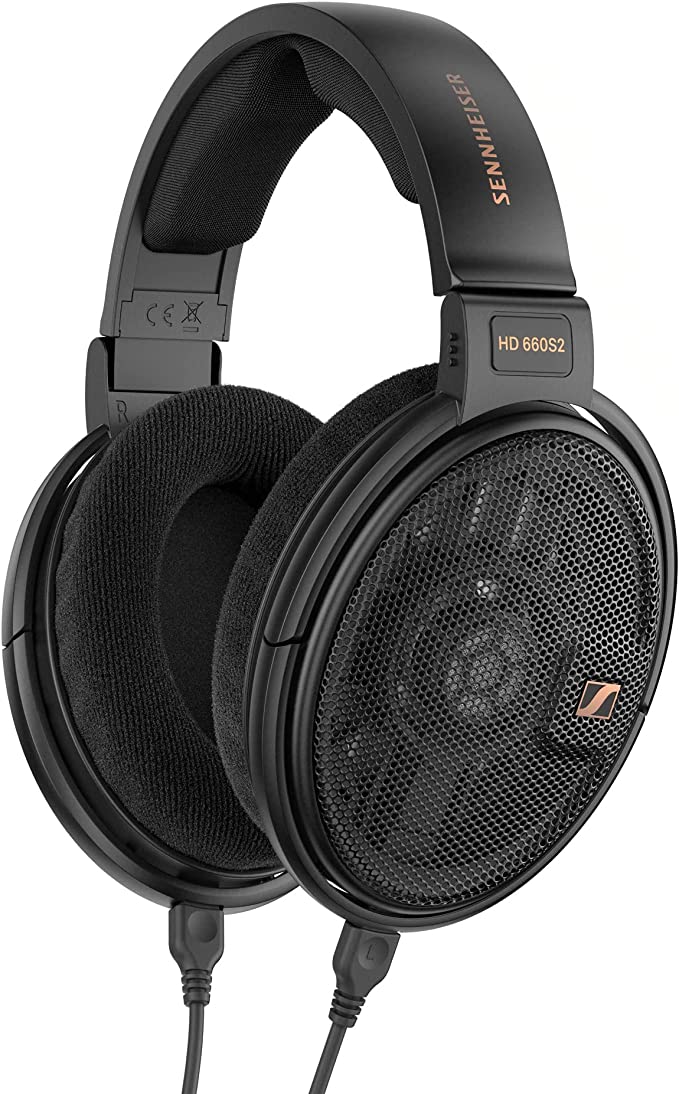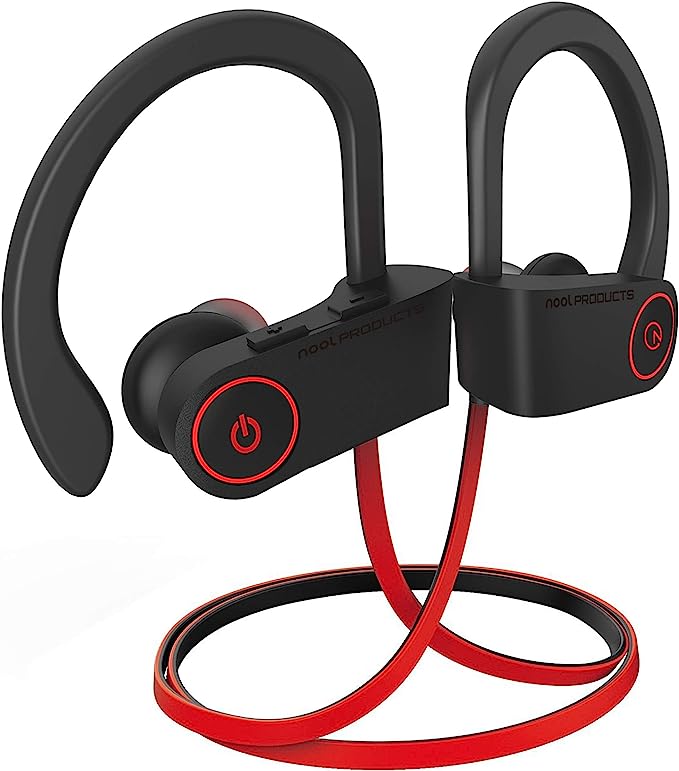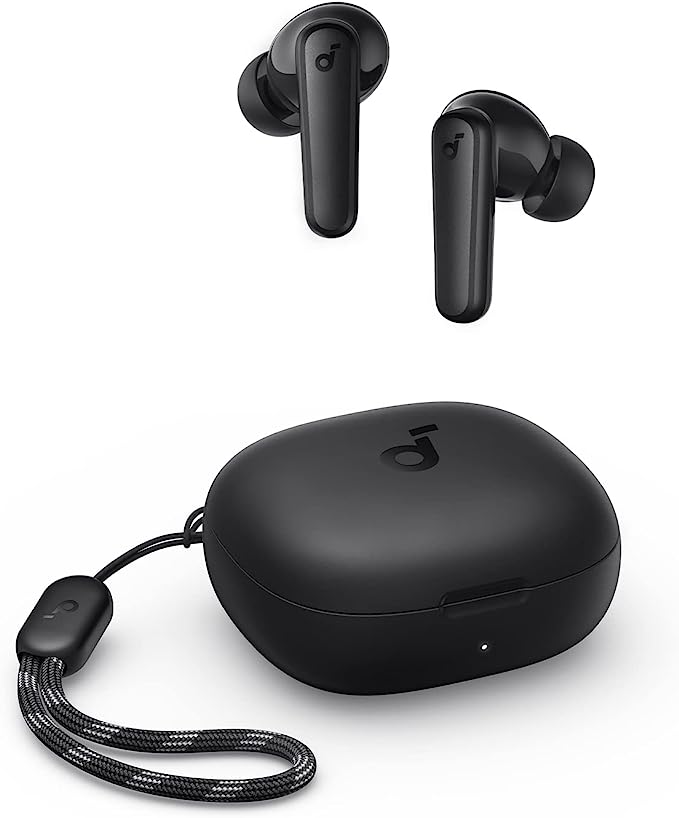Beats Powerbeats Pro Wireless Earbuds - Pump Up Your Workouts
Update on July 4, 2025, 11:36 a.m.
There’s a sacred space athletes chase, a mental state so profound it feels almost mystical. Psychologists call it “flow.” It’s that moment on a long run when your legs disappear, the rhythm of your breath aligns with your stride, and the world condenses into nothing but the path ahead. It’s a state of energized focus, of full immersion and enjoyment in the process of the activity. It is powerful, productive, and punishingly fragile.
All it takes is one loose shoelace, one sharp pebble, one ill-timed distraction to shatter it completely. And for years, one of the most common culprits has been the very technology designed to enhance our workouts. You know the feeling: the creeping sensation of an earbud working its way loose, the frantic fumbling to push it back in, and the inevitable, sickening drop to the pavement. The spell is broken. The cocoon of focus is breached.
This raises a fundamental question. Can a piece of technology be designed not just to perform a function, but to actively defend that fragile mental state? Can it be engineered to create a protective shell around our focus, a cocoon resilient enough to withstand the hostile environment of a high-intensity workout? In the design philosophy of the Beats Powerbeats Pro, we find a compelling answer.

The First Line of Defense: Anchoring Against Chaos
To build a reliable shelter, you must first lay a solid foundation. In the world of workout earbuds, the foundation is physical stability. The primary force they must contend with is not just gravity, but the relentless, dynamic chaos of human movement—the jarring impact of each footfall, the explosive power of a box jump, the constant, subtle shifts of balance.
Many wireless earbuds attempt to solve this problem with friction, relying on silicone tips wedged into the ear canal. This is akin to securing a tent in a storm with a single, shallow peg. It might hold for a while, but a strong enough gust will inevitably rip it free. The Powerbeats Pro takes a different approach, one rooted in the principles of biomechanics. Its signature earhook is not an accessory; it is an anchor.
Think of it like the difference between a simple hook and a rock climber’s secure anchor point. The earhook transfers the load-bearing responsibility from the soft, pliable, and highly sensitive ear canal to the rigid, stable cartilege of the outer ear (the pinna). It creates a system of opposing forces. As your body moves down, inertia wants the earbud to stay put, effectively pushing it up and out. The hook provides a counter-force, pulling it gently down and back, locking it into place. It’s a simple, elegant solution to a complex physics problem, and it forms the rigid, unyielding frame of our cocoon. It’s the first and most critical layer of defense, ensuring the physical structure will not fail.

The Invisible Tether: Weaving a Signal Through the Storm
With the physical structure secured, the next challenge is maintaining the integrity of what flows within the cocoon: the audio signal. A dropped connection is as disruptive as a dropped earbud. It’s an invisible breach, a sudden, jarring silence that rips you from your rhythm. This is a battle fought on the battlefield of radio physics.
The strength of this invisible tether is largely determined by the Class 1 Bluetooth technology inside. To put this in perspective, imagine trying to see a candle in a thick fog. That’s analogous to the standard Class 2 Bluetooth found in most headphones, with a reliable range of about 10 meters. Class 1 Bluetooth is like a lighthouse beam— orders of magnitude more powerful, with a theoretical range of up to 100 meters. For an athlete, this means the connection remains robust even when your phone is buried in a gym bag or across the weight room. The fog of distance and interference is simply pierced by a stronger signal.
But raw power is not enough; it requires intelligence. This is the role of the Apple H1 Headphone Chip, the central nervous system of the entire operation. It is the master weaver, managing the constant flow of data with remarkable efficiency. The H1 chip optimizes power draw from the battery, processes the audio for maximum clarity, and handles the instantaneous handshake with your device. It ensures the tether is not only strong but also smart, responsive, and energy-efficient, preserving the precious battery life that keeps the cocoon functioning.

Hardening the Shell: An Armor of Resilience
A cocoon in the wild must endure the elements. For a workout earbud, the most relentless element is you. Sweat, a mix of water and corrosive salts, is the persistent enemy of delicate electronics. To combat this, the Powerbeats Pro is armored with an IPX4 rating. This isn’t a marketing buzzword; it’s a specific standard from the International Electrotechnical Commission. The ‘4’ certifies that the enclosure is protected against splashing water from any direction. It’s been engineered with seals and hydrophobic coatings to be a reliable raincoat, allowing it to shrug off torrential sweat and downpours alike.
This resilience must also extend through time. The earbuds themselves house a battery capable of up to 9 hours of listening time—enough for a marathon, an ultramarathon, or a full day’s work. This impressive feat is a testament to the power efficiency of the H1 chip and modern lithium-ion battery chemistry.
The charging case, then, becomes the supply cache for this expedition. And here we encounter a deliberate design trade-off. Many users note the case’s bulkiness; it’s not something that disappears into a pocket. But this size is a direct consequence of its purpose: it houses a large battery to refuel the earbuds multiple times (for over 24 hours of total use) and is designed to accommodate the secure earhook form factor. A smaller case would have meant compromising on battery life or the very stability the earhooks provide. The design philosophy prioritizes mission capability over pocketability. It assumes you need a reliable, long-endurance tool, and the case is the necessary support system for that tool.

The World Within: Curating the Sound of Focus
With a shell that is stable, connected, and durable, we can finally turn our attention to the quality of the world within the cocoon. The first step is to quiet the outside world. The Powerbeats Pro achieves this through passive noise isolation. The silicone ear tip, when properly sized, creates a physical seal in your ear canal, acting like a thick, sound-dampening wall. It significantly reduces the intrusion of ambient noise, creating a private auditory space.
Inside this space, the goal is a sound that is both motivating and sustainable. The “powerful, balanced sound” aims to deliver impactful bass without letting it overwhelm the mids and treble. This balance is crucial for preventing listening fatigue over long sessions. It creates an internal ecosystem that is vibrant but not exhausting.
Yet, this perfect isolation presents a critical consideration. For the urban runner or cyclist, the cocoon that shields you from distraction also shields you from the sound of traffic, of approaching footsteps, of warning shouts. The engineering provides the isolation; the user bears the responsibility of using it wisely. In some environments, choosing to use only one earbud isn’t a compromise; it’s a necessary and intelligent adaptation.

Conclusion: More Than an Earbud, An Extension of Will
To look at the Beats Powerbeats Pro as merely a device for listening to music is to miss the point entirely. It is a masterfully engineered system designed for a singular, ambitious purpose: to build an unbreakable cocoon around your focus in the most physically demanding moments.
Every design choice—the biomechanical anchor of the hook, the powerful tether of Class 1 Bluetooth, the resilient armor of its IPX4 rating, and the carefully curated world of its sound—serves to defend that fragile state of flow. The final product isn’t the plastic and silicon in your ear. The product is the uninterrupted run, the focused lift, the personal best. It stands as a powerful example of technology’s highest calling: not simply to add features to our lives, but to seamlessly support and extend our own human will.
